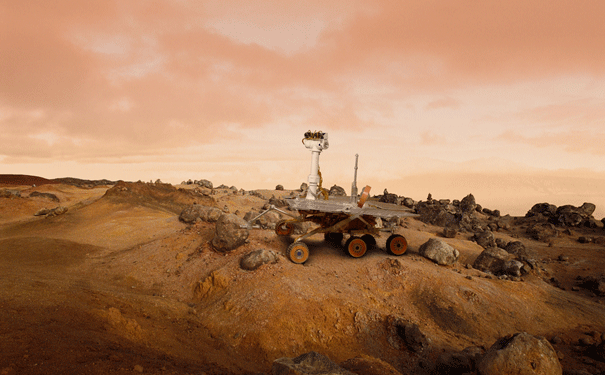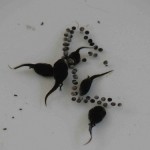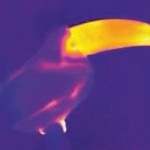
Tractor beams could assist future robotic rovers in collecting extraterrestrial samples. Image: Shutterstock
NASA is developing technology from science fiction.
Until now, tractor beams have been the stuff of science fiction, enabling an object to be trapped and moved using lasers. The first Death Star was equipped with over 700 tractors beam, allowing it to capture the Millennium Falcon, while the original series of Star Trek employed a tractor beam to tow the SS Botany Bay.
A team of scientists from NASA’s Goddard Space Flight Center believe this technology could be used to take samples from extraterrestrial atmospheres or planets. “Though a mainstay in science fiction, and Star Trek in particular, laser-based trapping isn’t fanciful or beyond current technological know-how,” Principal Investigator Paul Stysley said.
The team has already identified three possible methods for transporting the particles via a laser light. One approach would use two counter-propagating beams of light, which would confine the particles in the dark core of the overlapping beams.
Another method is to use solenoid beams, which can be used to force particles in the opposite direction from the light’s source. The third technique- using a Bessel beam to pull particles backward against the movement of the beams- only exists on paper and has never been tested in the lab.
“We want to make sure we thoroughly understand these methods. We have hope that one of these will work for our purposes,” Barry Coyle, a member of the team, said.
“Once we select a technique, we will be in position to then formulate a possible system.”
The particles would be transferred to an orbiting spacecraft or a robotic rover for analysis. The chosen method could also be used to transport ribonucleic acid, single molecules, viruses and functioning cells.
“The original thought was that we could use tractor beams for cleaning up orbital debris,” Stysley said. “But to pull something that huge would be almost impossible — at least now.
“That’s when it bubbled up that perhaps we could use the same approach for sample collection.”
In the past NASA has used a range of methods, such as the aerogel employed by the space probe Stardust, to collect extraterrestrial particles. These techniques, according to Stysley, are largely successful, but are limited by range and sample rate.
“An optical”“trapping system, on the other hand, could grab desired molecules from the upper atmosphere on an orbiting spacecraft or trap them from the ground or lower atmosphere from a lander. In other words, they could continuously and remotely capture particles over a longer period of time, which would enhance science goals and reduce mission risk.”
Source: NASA






